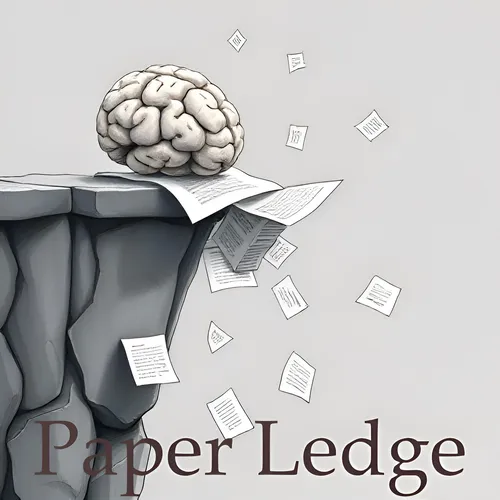Information Retrieval - eSASRec Enhancing Transformer-based Recommendations in a Modular Fashion
- Author
- ernestasposkus
- Published
- Mon 11 Aug 2025
- Episode Link
- https://www.paperledge.com/e/information-retrieval-esasrec-enhancing-transformer-based-recommendations-in-a-modular-fashion/
Hey PaperLedge crew, Ernis here, ready to dive into some seriously cool research that could change how you get your next movie recommendation! We're talking about recommendation systems – those algorithms that suggest what you might like based on what you've liked before.
Think of it like this: imagine your friend always knows exactly what movie you want to watch next. That's what these systems try to do, but on a massive scale. For years, these systems have been getting smarter, especially with the introduction of what are called Transformer-based models. Models with names like SASRec and BERT4Rec became the gold standard, beating out older ways of doing things.
Now, these Transformer models? They're like building blocks. Researchers have been tinkering with them, making small improvements here and there – tweaking the architecture, using smarter training methods, and finding better ways to measure success. But here's the thing: no one had really tested if stacking all these improvements together actually made a big difference. That’s where this paper comes in!
These researchers decided to systematically test these "building blocks" of improvements. After a lot of experimenting, they found a winning combination. They took the basic SASRec model and supercharged it with some clever tweaks. They used what are called "LiGR Transformer layers" (don't worry too much about the name!) and a special "Sampled Softmax Loss" function. The result? A super-powered model they call eSASRec, or Enhanced SASRec.
Now, for the exciting part! In their initial tests, eSASRec was a whopping 23% more effective than some of the most advanced recommendation systems out there, like ActionPiece. That's a huge jump! And in more realistic, "production-like" tests – think real-world scenarios – eSASRec held its own against some of the big players in the industry, like HSTU and FuXi. Essentially, it gives you a great balance between accuracy and the range of items it can recommend.
What makes this research truly exciting is that the changes they made to SASRec are relatively simple. You don't need to add any fancy extra information like timestamps. This means that eSASRec could be easily plugged into existing recommendation systems. The researchers believe it can serve as a simple yet powerful starting point for anyone developing new, complicated algorithms.
And guess what? They're sharing their code! You can find it at https://github.com/blondered/transformer_benchmark. This means anyone can try out eSASRec and see how it performs.
So, why does this all matter?
- For businesses: Better recommendations mean happier customers and more sales.
- For researchers: eSASRec provides a strong baseline to compare new ideas against.
- For everyone: It means we're one step closer to getting truly personalized recommendations, whether it's for movies, music, or even what to buy online.
Here are a few things that come to mind:
- Given that eSASRec is relatively simple to implement, how quickly might we see this adopted by various online platforms?
- What are the limitations of eSASRec? Are there specific types of recommendations where it might not perform as well?
- Could further optimizations of the LiGR Transformer layers lead to even greater improvements in accuracy?
That's the paper for today's PaperLedge episode! Until next time, keep learning, crew!
Credit to Paper authors: Daria Tikhonovich, Nikita Zelinskiy, Aleksandr V. Petrov, Mayya Spirina, Andrei Semenov, Andrey V. Savchenko, Sergei Kuliev
